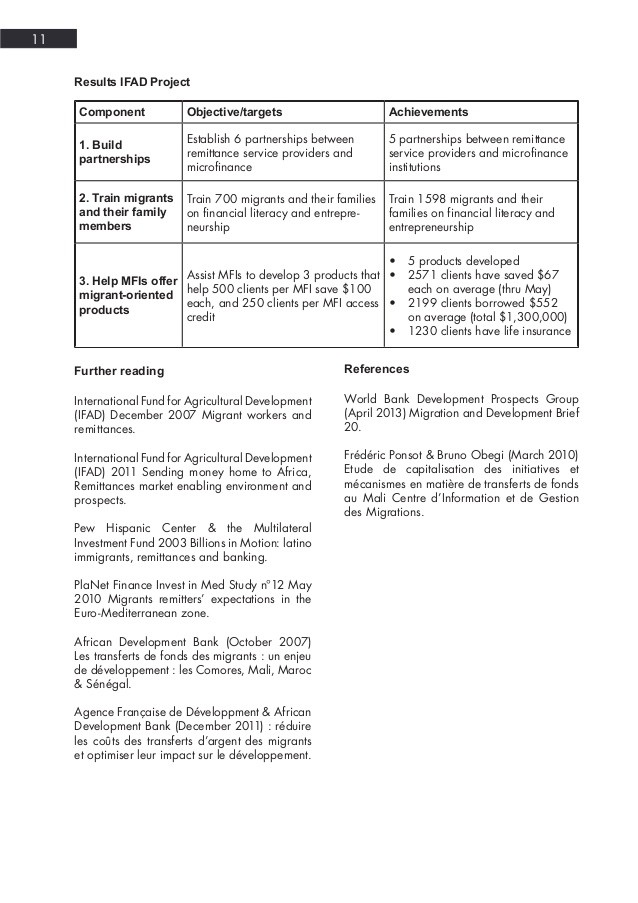Understanding Liquidity Finance Train
Post on: 20 Октябрь, 2015 No Comment

Liquid is something which is neither solid nor gas. It is that which conforms to the shape of the vessel containing it. Water is the best example of a liquid. However in finance liquidity has a very different meaning.
Liquidity in simple words means the amount of money circulating and available to all participants in the financial markets and we have been hearing about the excess liquidity at all forums.
Participants include individuals, corporate entities and the government.
The most fundamental concept of economics; Demand and Supply of money determine the liquidity in the system.
And the central bank, the Reserve Bank of India (RBI) has the power to increase or decrease the liquidity in the financial markets using various policy tools.
So in a sense we can imagine that the liquid tap is housed within the RBI. If the level of liquidity in the system drops, RBI has the power to loosen the tap a little and allow more money to gush into the system. Perhaps it is this similarity that had led to the term liquidity getting associated with money supply.
There are four main policy tools that RBI uses:
- Cash reserve ratio
- Open market operations / Liquidity Adjustment Facility
- Repo and reverse repo rate
- Statutory Liquidity Ratio
So, what affects liquidity?
There are three ways that affects the liquidity in the system:
- The borrowings of the government to fund the deficit that arises when its income falls short of expenses. Apparently, the government is the biggest borrower in India.
- Borrowings by the corporate sector to fund capital expenditures and short-term credit or working capital needs
- RBI’s intervention in the Foreign exchange market to protect the value of rupee from either excessive depreciation or appreciation.
What are the variables affected by liquidity?
Commodities that are not available easily tend to become costly. Money is no exception to this. If the RBI prefers to reduce liquidity from the financial system, the same is reflected by increase in interest rates.
Put simply, the loans become costlier. At the other end, borrowers will have to pay more to raise money.
If there is ample liquidity in the financial system, investors and speculators find it easy to raise money. This ensures that the asset prices rise.
Hence periods of low interest rates, with ample liquidity in the financial system, create a good environment for price rise across asset classes, such as equities, commodities and real estate.
But if this continues unabated, it gives rise to unfettered inflation which can cause hardships for citizens across the social strata. Very high inflation is debilitating and hence RBI needs to step it to regulate inflation by reducing liquidity.
But when liquidity is reduced, the speculators find it difficult to hold on to their positions due to non-availability of money and buyers. This causes asset prices to fall.
Therefore the RBI has to walk a tight rope to ensure that neither inflation shoots up nor conditions of very tight liquidity arise that slows economic growth.
Thus the RBI Governor acts like a governor that is often attached to a car to regulate its speed. Such a car cannot speed up beyond a prescribed limit. The governor along with a good chauffeur would thus ensure that the car neither goes too fast nor goes too slow. That is how in a sense the speed of the economy too has to be maintained.
Previous Article How to Day Trade for a Living














